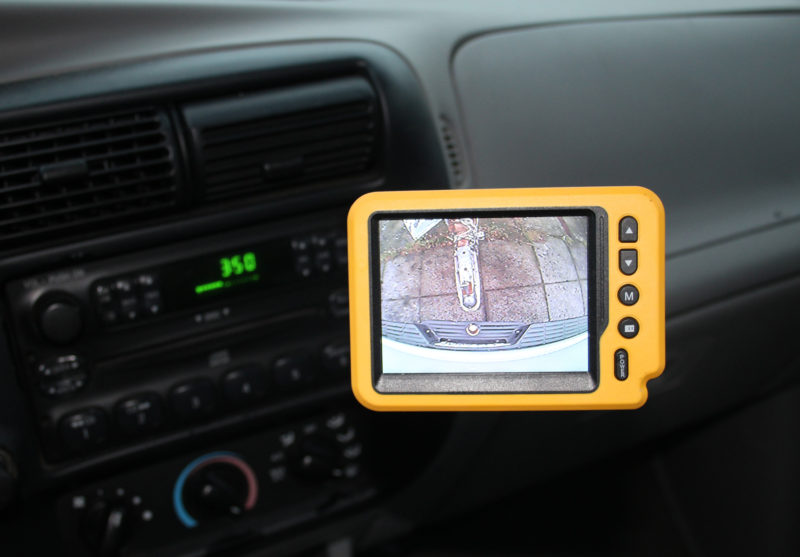 photographs and video by the author
photographs and video by the authorThe iBall monitor has a gooseneck mount that plugs into a cigarette-lighter socket.
To get the two heaviest boats in my family’s fleet to the water, I have to back the car up to bring the trailer ball perfectly under the hitch. There’s too much tongue weight for me to lift, and the trailers are parked on a bit of a slope with the wheels chocked. Having someone guide me is often frustrating for both of us. Instructions get lost in translation and nerves get a little frayed before we even get to the launch ramp. Doing the job solo is next to impossible without some way of bringing the ball and hitch into alignment. I tried a device made of magnets, telescoping rods, and yellow balls, but it never lived up to its promise. A mirror I mounted to a suction cup did pretty well, but I had to be pretty much right on target to get the reflection of the hitch to appear.
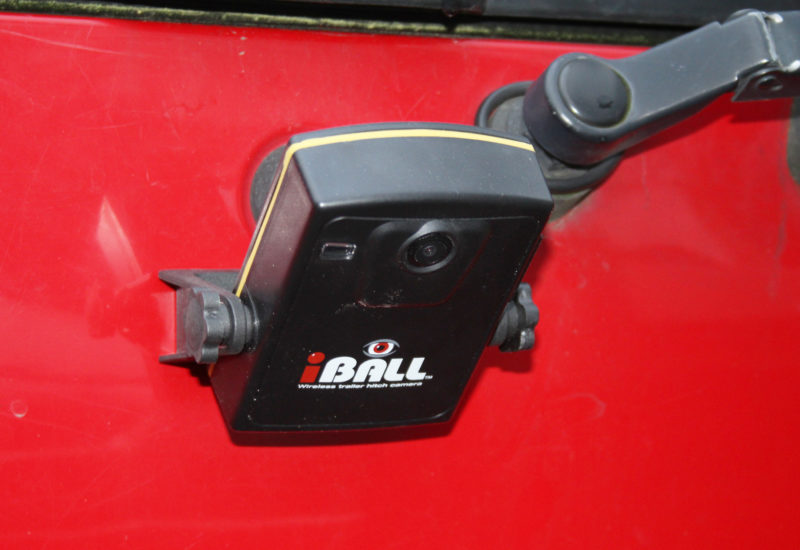
The angle between the camera and its magnetic mount is easily adjustable. A light to the left of the lens indicates when the camera is on.
The iBall is the best system I’ve used yet. It’s a video camera with a magnetic mount and a 3.5″ color LCD screen that plugs into a cigarette-lighter socket. The wireless connection between the two opens up a lot of useful possibilities. The usual routine is to attach the camera to a metal surface at the back of my car or pickup. The camera gets angled to put the ball at the bottom of the image. I can see the monitor through the back window, so it’s easy to get the correct angle. That’s all there is to it. I back up looking over my shoulder to get centered on the trailer, and then for the last couple of feet I watch the color monitor. The trailer tongue comes into view on the screen when I’m about 3′ out, and I can make all the necessary corrections as I close the distance and stop with the hitch perfectly centered over the ball.
That takes care of getting hitched up. Coming back home I have to back the trailer into a spot not much wider than a parking lot space and stop a slim 3″ shy of a downspout on the corner of the house. (I actually have a bit more leeway now that I’ve crushed the downspout nearly flat, in spite of the chocks I’ve placed to stop the trailer on its marks.) Setting the camera aimed at the gap from the side gives me the extra eye I need to do the job solo. A switch on the monitor flips the image vertically and horizontally to suit the camera orientation and a preference for true or mirror image.
The monitor will pick up the signal from the camera in the neighborhood of 300′ (far better than the 100′ specified by the manufacturer) and the image is visible even at night with just the illumination of streetlights; in dim lighting the image is mostly black-and-white. The image can sometimes be a bit grainy and flicker—interference from other radio waves or electromagnetic fields, I suspect—but it’s clear enough for me to get the job done.
I’ve found the system useful for other tasks. When I want to check the trailer lights, all I have to do is set the camera on the pavement about 8′ behind the trailer. For chores around the house, I’ve wired a 12-volt battery to a cigarette-lighter socket (a 12-volt DC transformer would work as well) to provide the monitor with power. I recently used the iBall to figure out which breaker I needed to turn off to replace a switch to a ceiling light. Transmission through walls and floors provided a grainy but usable image. I also used the iBall to keep an eye on the front door from my basement office, waiting the better part of the day for a package to arrive. The camera’s battery lasted a bit over 10 hours before it needed to be charged overnight with the included USB cord.
The iBall is a nifty and useful gadget. It gets my boating outings with companions off on the right foot, and it will allow me to do something I’ve never been able to do before: take one of the big boats out by myself at dusk for an evening on the lake.![]()
Christopher Cunningham is the editor of Small Boats Monthly and the owner of three boat trailers and one homebuilt teardrop trailer.
The iBall system is available direct from the maker, Outdoors Insight, with a one-year warranty, for $169.
Is there a product that might be useful for boatbuilding, cruising or shore-side camping that you’d like us to review? Please email your suggestions.

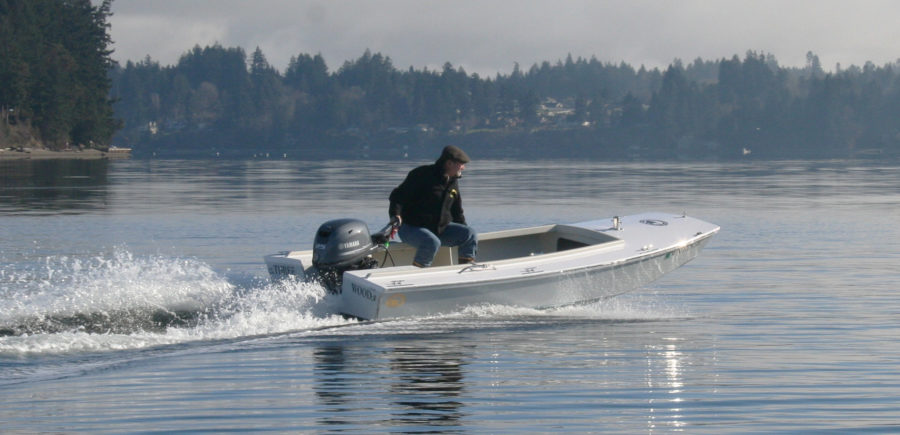
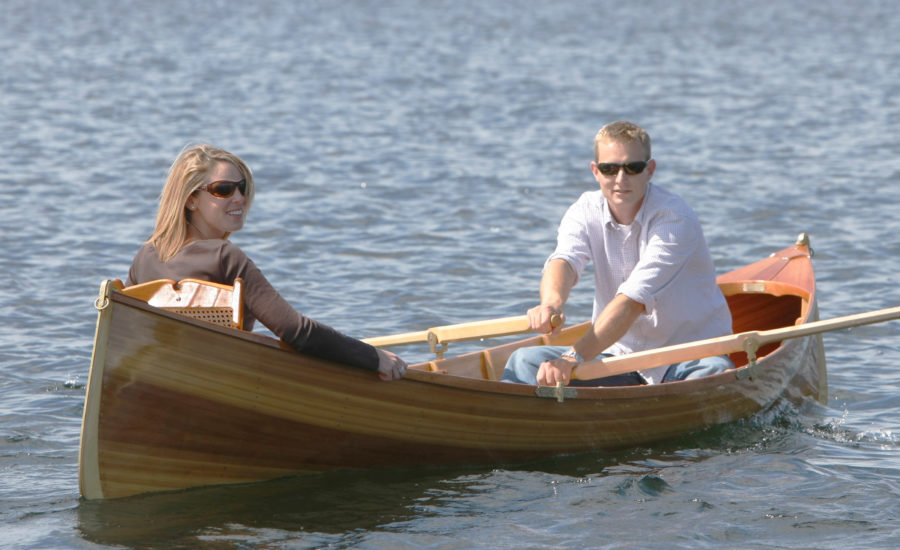
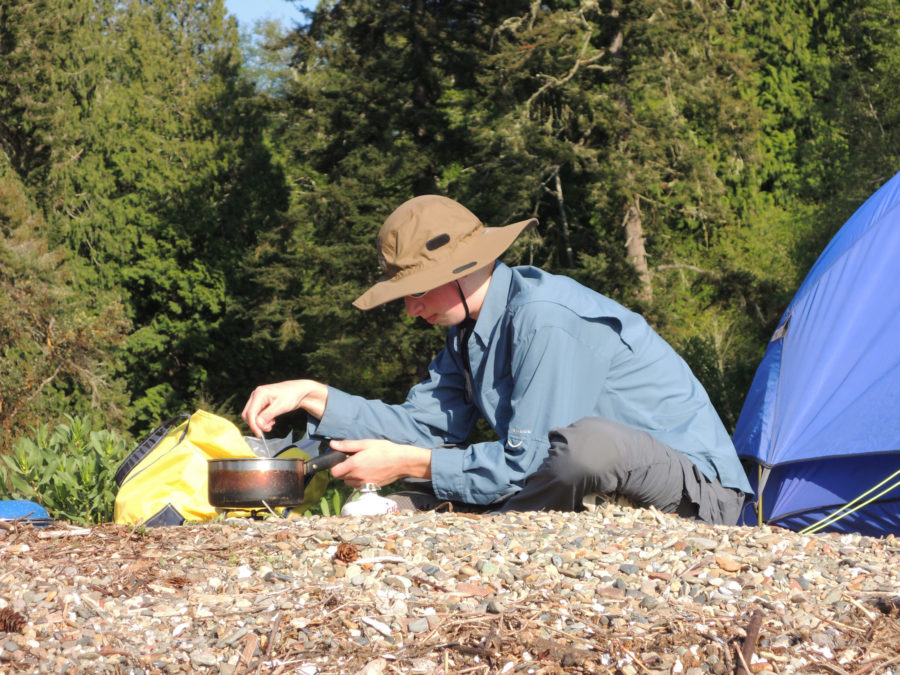
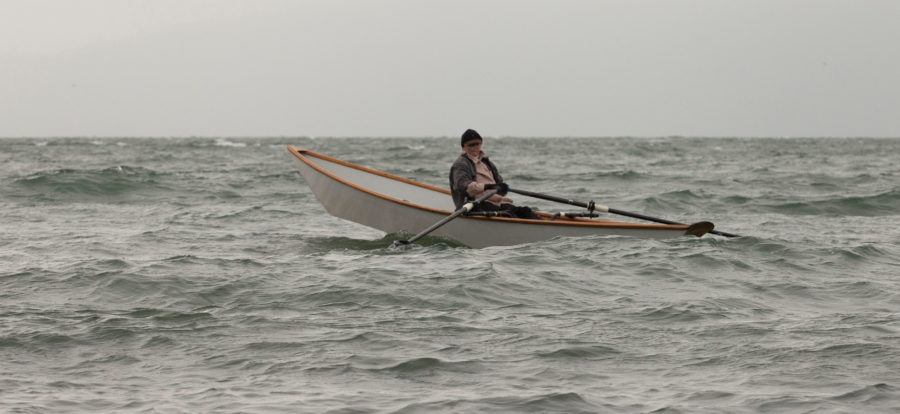
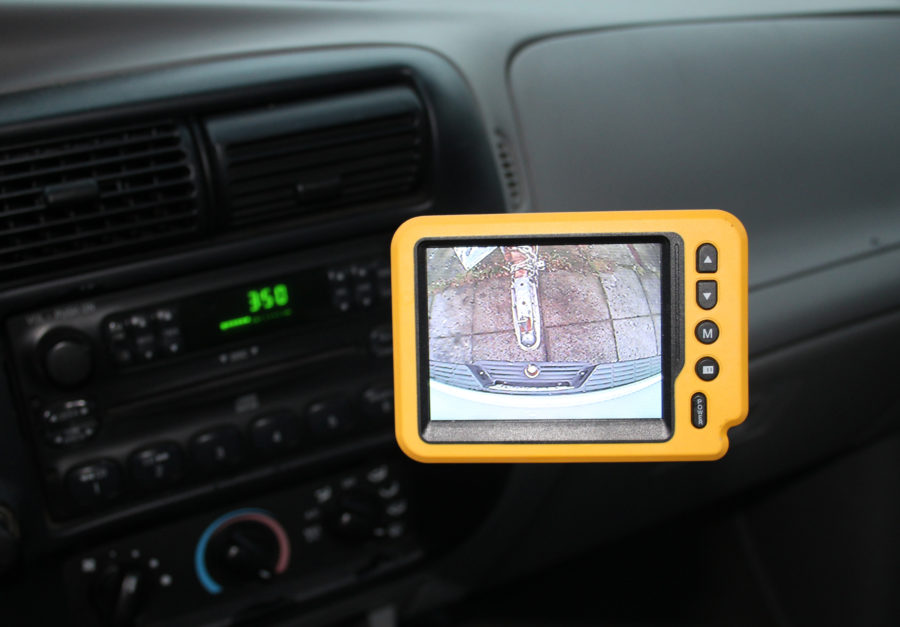
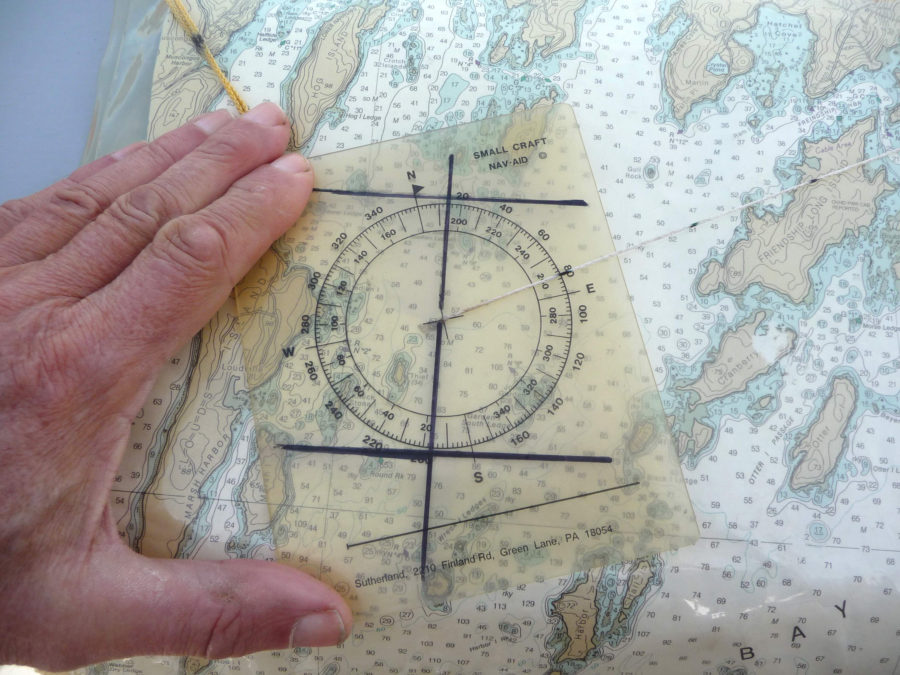
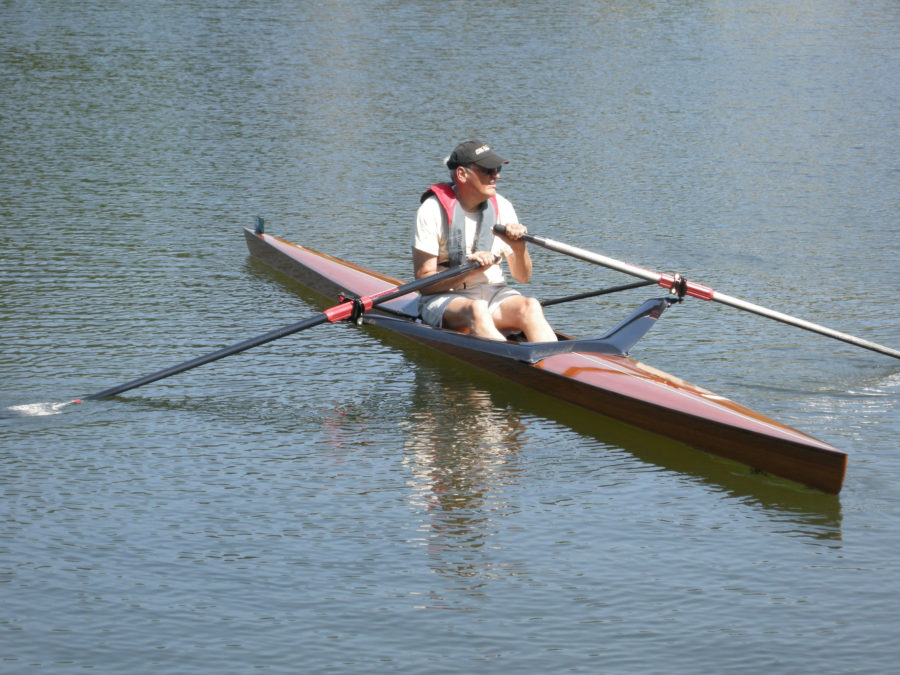
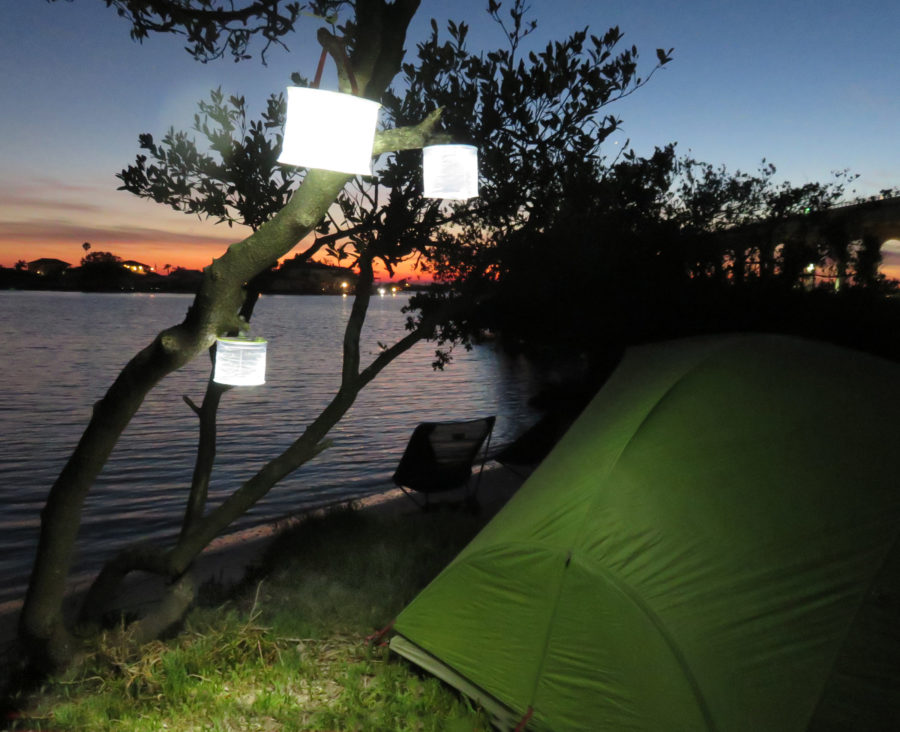
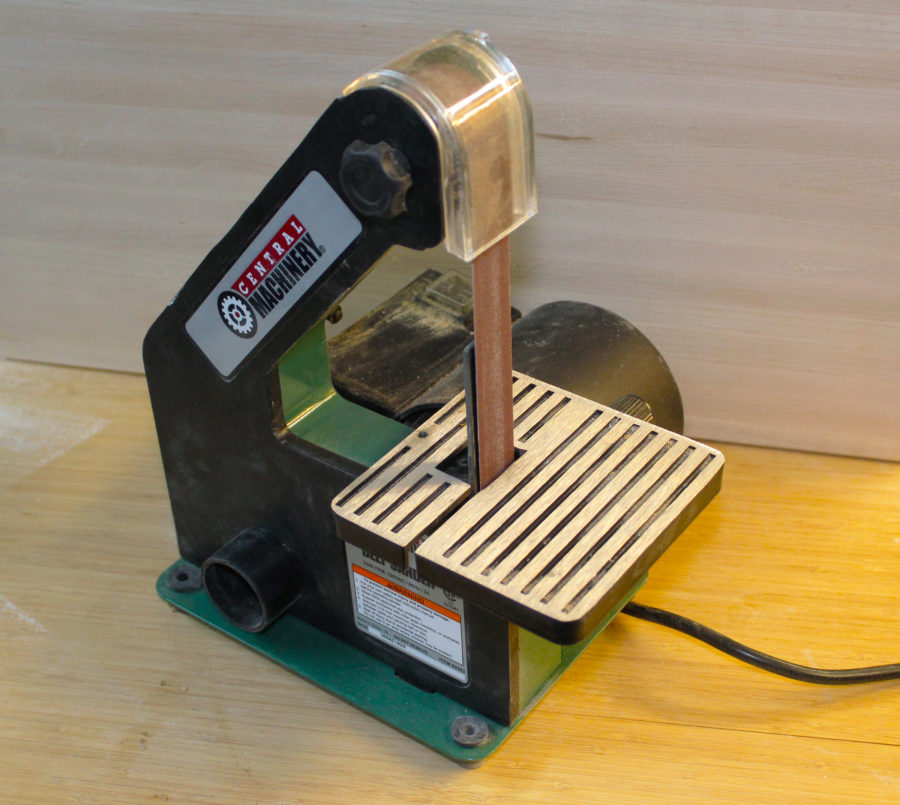
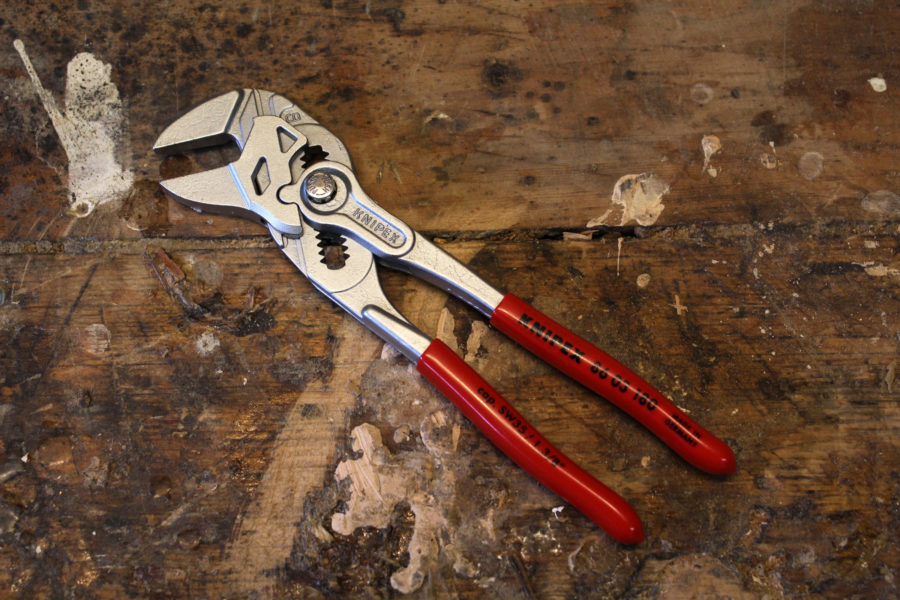
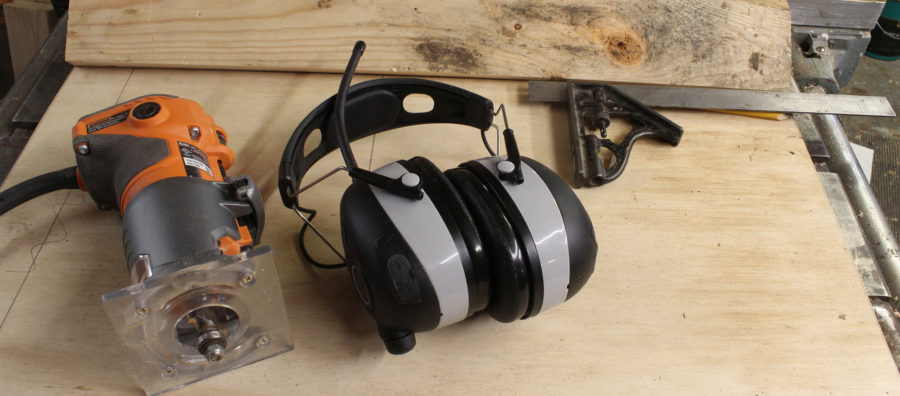
Sounds like just what I want for Christmas — no, wait, come and gone. How about my birthday!? I like its many alternative uses. Sure to improve my relationship with my wife when backing the camping trailer into a tight spot at the campground!
Does indeed look useful, may be even for backing up when snowplowing. I wonder how many times I have made that short walk from truck seat to the trailer over the years?
This is a great idea for connecting and backing trailers solo. I will have to find one of these iBall systems.
I have often called on my wife or children to direct me when I can’t see what’s going on behind the trailer. After getting frustrated with unintelligible hand signals and unclear messages shouted from behind—”Which left is that? My left? Your left? Which way are you facing?—I found another great solution. I keep two cheap UHF walkie talkies in the glovebox. With one given to my “eyes” and the other with me, I can now get detailed reports and answers to my questions as I reverse, and I don’t have to be looking at the person doing the guiding.